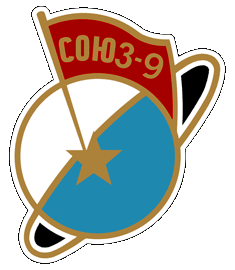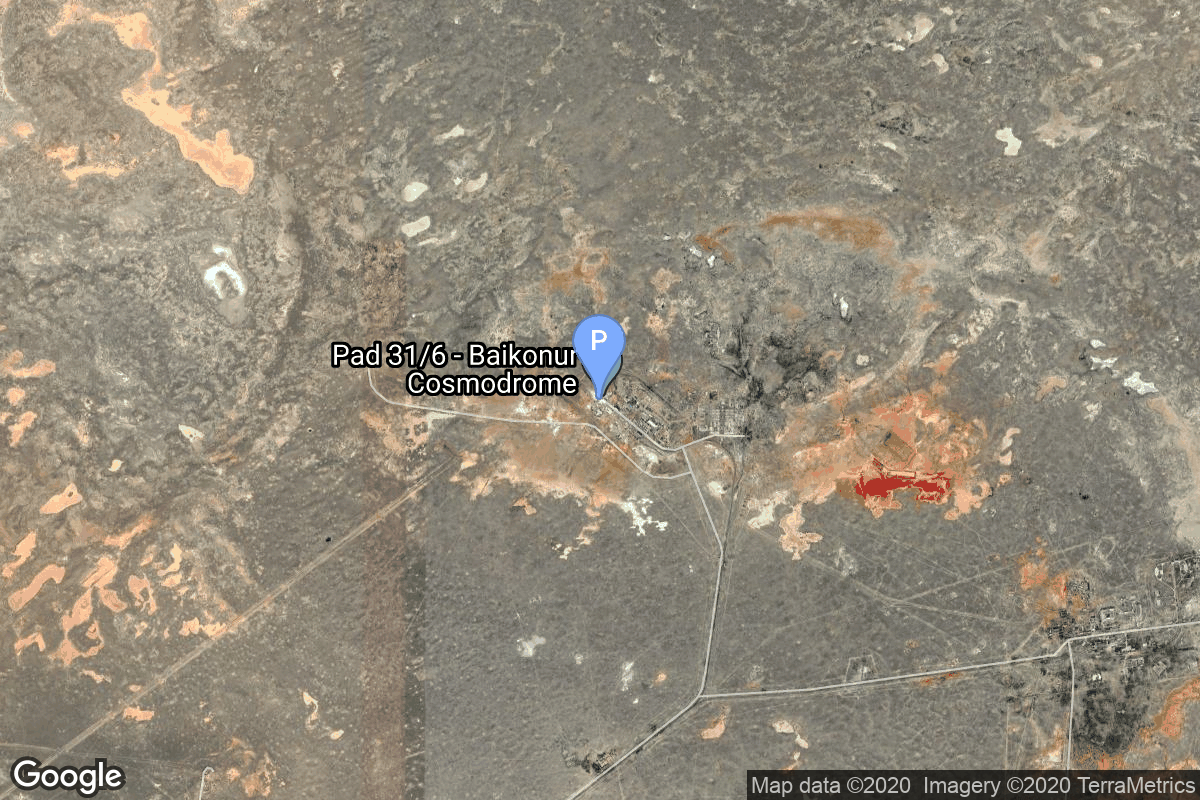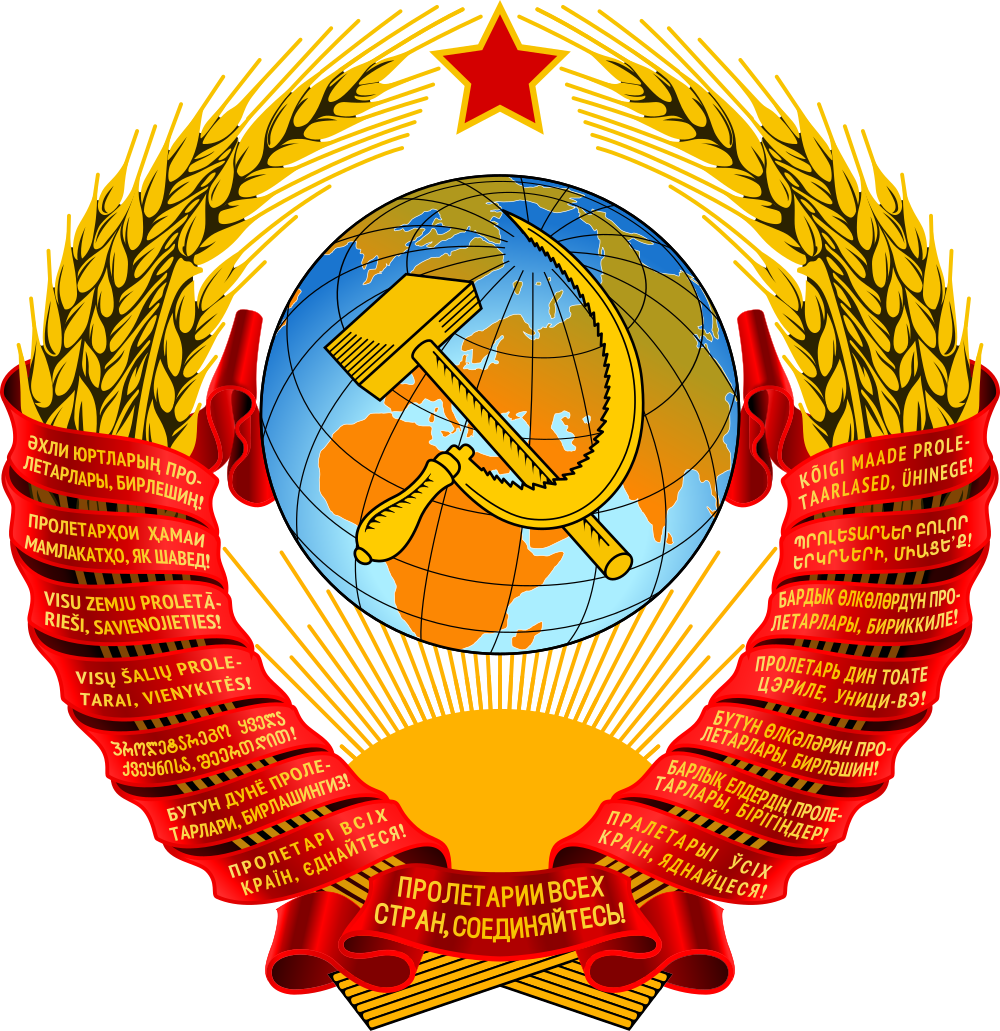Soyuz 9
Soyuz
Soviet Space Program
Crew
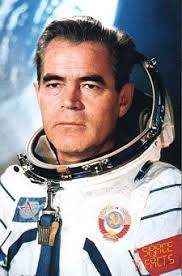
Andriyan Nikolayev
- Birthday: 09/05/1929
- Role: Commander
- Nationality: Russian
- First Flight: 08/11/1962
- Last Flight: 06/01/1970
Andriyan Grigoryevich Nikolayev was a Soviet cosmonaut. He was an ethnic Chuvash.
Nikolayev flew on two space flights: Vostok 3 (effectively becoming the third Soviet cosmonaut) and Soyuz 9. His call sign in these flights was Falcon (Russian: Со́кол). On both, he set new endurance records for the longest time a human being had remained in orbit. He also served as backup for the Vostok 2 and Soyuz 8 missions.
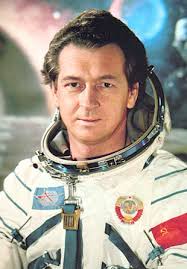
Vitaly Sevastyanov
- Birthday: 07/08/1935
- Role: Flight Engineer
- Nationality: Russian
- First Flight: 06/01/1970
- Last Flight: 05/24/1975
Vitaly Ivanovich Sevastyanov (Russian: Вита́лий Ива́нович Севастья́нов; 8 July 1935 – 5 April 2010) was a Soviet cosmonaut and an engineer who flew on the Soyuz 9 and Soyuz 18 missions.
Mission
Soyuz 9
- Type: Human Exploration
- Orbit: Low Earth Orbit
Soyuz 9 carried cosmonauts Andrian Nikolayev & Vitali Sevastyanov to orbit. The mission lasted 17 days, 16 hours & 58 minutes completing 288 orbits around Earth. They broke the endurance record held by Gemini 7 for 5 years. This was the first crewed space launch that lifted off at night. As of 2016 it still holds the record for longest crewed flight by a solo spacecraft. The goal of the mission was to conduct various pysiological and biomedical experiments on themselves and invastigate possible social implications of extended duration spaceflight.
Location
Rocket
Russian Federal Space Agency (ROSCOSMOS) Soyuz
Agency
Soviet Space Program
The Soviet space program, was the national space program of the Union of Soviet Socialist Republics (USSR) actived from 1930s until disintegration of the Soviet Union in 1991.
The Soviet Union’s space program was mainly based on the cosmonautic exploration of space and the development of the expandable launch vehicles, which had been split between many design bureaus competing against each other. Over its 60-years of history, the Russian program was responsible for a number of pioneering feats and accomplishments in the human space flight, including the first intercontinental ballistic missile (R-7), first satellite (Sputnik 1), first animal in Earth orbit (the dog Laika on Sputnik 2), first human in space and Earth orbit (cosmonaut Yuri Gagarin on Vostok 1), first woman in space and Earth orbit (cosmonaut Valentina Tereshkova on Vostok 6), first spacewalk (cosmonaut Alexei Leonov on Voskhod 2), first Moon impact (Luna 2), first image of the far side of the Moon (Luna 3) and unmanned lunar soft landing (Luna 9), first space rover (Lunokhod 1), first sample of lunar soil automatically extracted and brought to Earth (Luna 16), and first space station (Salyut 1). Further notable records included the first interplanetary probes: Venera 1 and Mars 1 to fly by Venus and Mars, respectively, Venera 3 and Mars 2 to impact the respective planet surface, and Venera 7 and Mars 3 to make soft landings on these planets.
